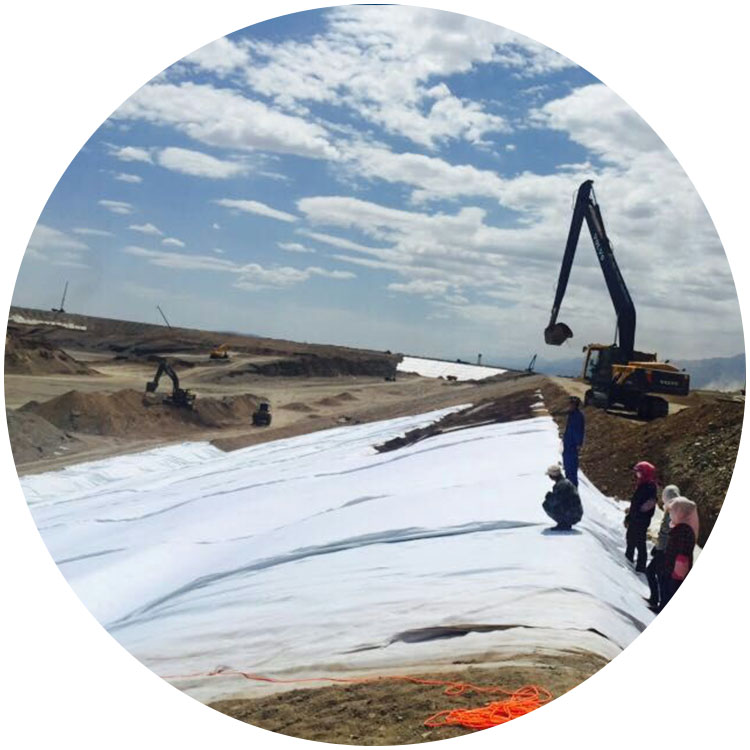It’s important to follow the manufacturer’s instructions and any relevant industry standards when repairing or maintaining geotextile products to ensure their continued performance and lifespan. Proper installation, maintenance, and timely repairs can significantly extend the service life of geotextile products. To find the wholesale geotextile products from supplier is also important.

Some common methods for repairing and maintaining geotextile products:
Patching:
For small tears, holes, or damage in the geotextile, a patch can be applied to cover the affected area.
The patch should be made of the same or a compatible geotextile material and be slightly larger than the damaged area.
Clean the surface around the damaged area and apply a suitable adhesive (e.g., geotextile-compatible sealant, hot-melt adhesive, or specialty geotextile tape) to secure the patch in place.
Seaming:
For larger tears or when sections of the geotextile need to be joined, seaming can be used.
Overlap the edges of the geotextile by the recommended amount (typically 6-12 inches) and secure them using a suitable seaming method, such as:
Thermal seaming: Use a hot-air gun or seaming machine to melt and fuse the overlapping edges.
Sewn seams: Use a sewing machine with appropriate thread and stitching pattern to stitch the overlapping edges together.
Adhesive seaming: Apply a geotextile-compatible adhesive or tape to the overlapping edges.
Anchoring:
Geotextiles used in applications like slope stabilization or erosion control may require anchoring to prevent movement or displacement.
Anchor the geotextile using appropriate methods, such as:
Stapling or pinning: Use metal or plastic staples, pins, or nails to secure the geotextile to the ground.
Trenching: Bury the edges of the geotextile in a shallow trench and backfill to hold it in place.
Weighted edges: Place heavy objects, such as sandbags or rocks, along the edges of the geotextile to keep it in place.
Cleaning and Maintenance:
Regularly inspect the geotextile for any damage, debris accumulation, or signs of deterioration.
Remove any accumulated debris, vegetation, or sediment from the surface of the geotextile to maintain its functionality.
Repair any minor damage or wear as soon as possible to prevent further deterioration.
Replacement:
If the geotextile is severely damaged, worn, or has reached the end of its service life, it may need to be replaced entirely.
Carefully remove the old geotextile and dispose of it properly, then install a new geotextile according to the manufacturer’s recommendations and the specific application requirements.
Post time: Aug-26-2024
